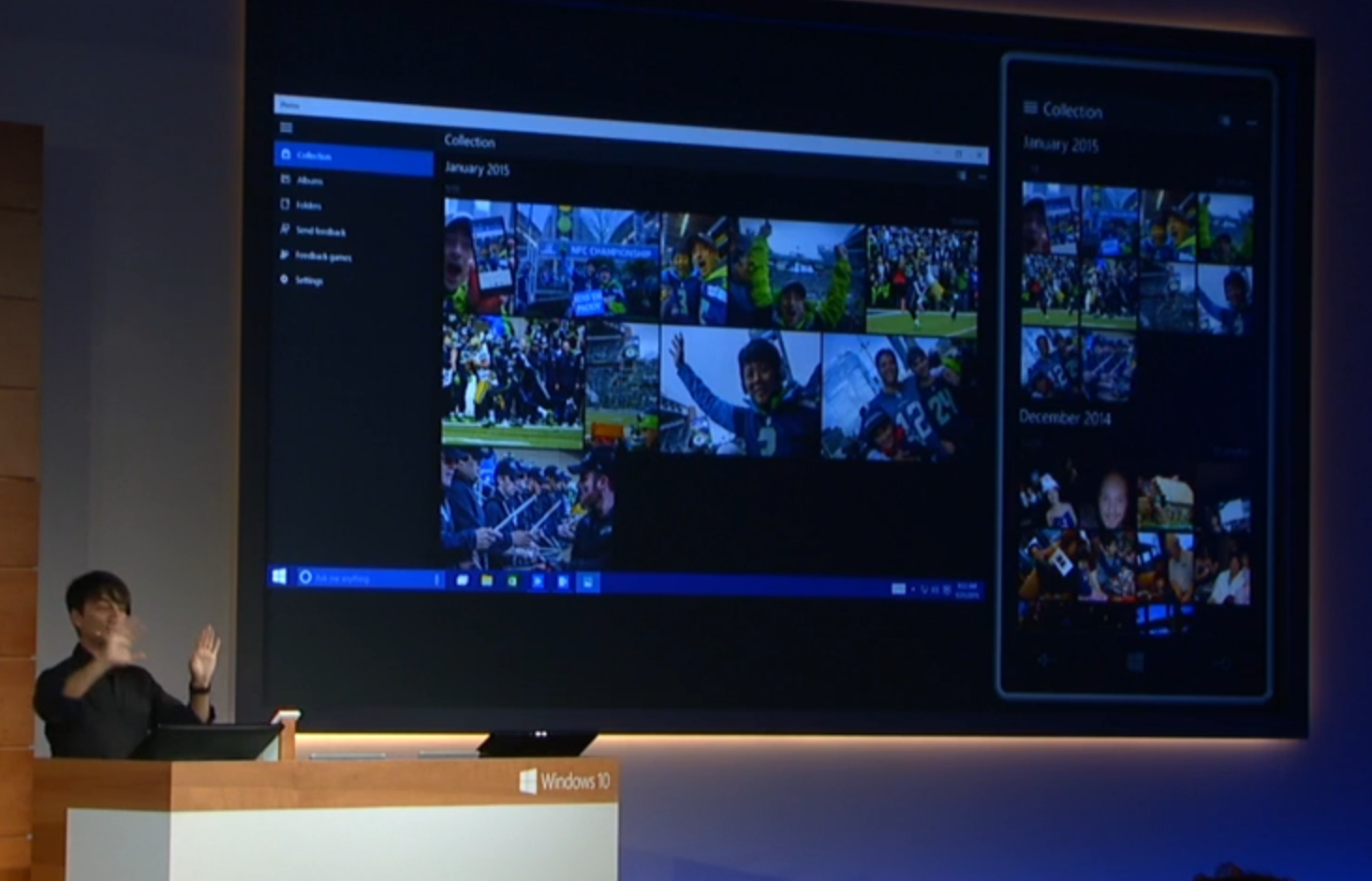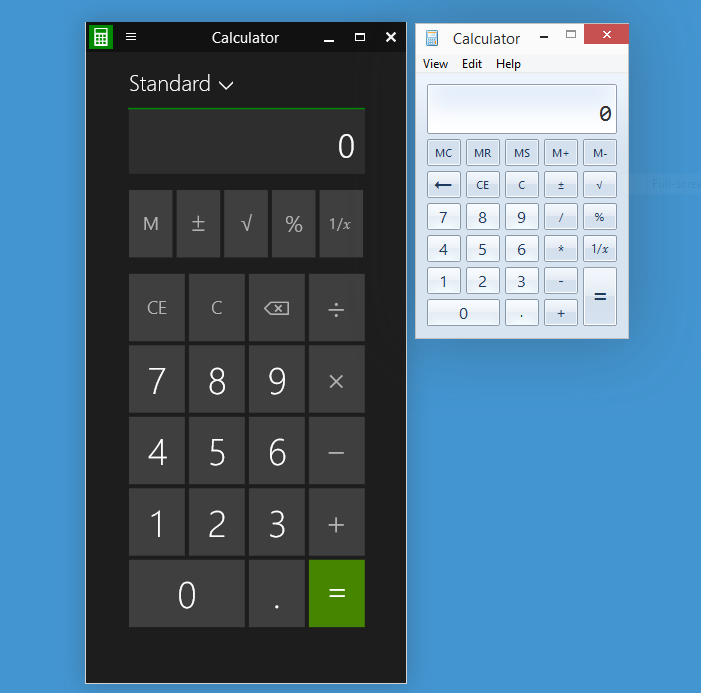This article is more than 1 year old
Developers, developers, developers! But WILL they support Windows 10?
HoloLens is sexy, but Microsoft faces a battle to win devs' hearts and minds
Microsoft's suite of universal apps
Microsoft is also making more effort with its own contributions. At the recent briefing, Microsoft’s corporate veep Joe Belfiore spoke of having a “family of universal apps … everything you need for modern productivity” available on phones, tablets and PCs, including versions of Excel, Word, PowerPoint and Outlook, as well as consumer-oriented apps such as for photos and music. If these apps are good enough – and similar implementations of Office for iOS and Android are encouraging – then users are more likely to get the Windows app habit.

The Windows 10 universal photo app
Another factor that should drive adoption is the free upgrades on offer for Windows 7 and 8 users. Free will not be enough to tempt all Windows 7 users, but some will migrate, giving developers a larger base of users to target.
Towards the end of its demo, Microsoft showed Windows Holographic, a wearable computer called HoloLens which superimposes “holographic” images on what you see. Sensors detect where you are looking and the system is able to simulate static images so you can walk around them. HoloLens can show a virtual environment, such as the surface of Mars, or offer virtual interaction with your actual environment such as a room or a street. It also accepts voice input. Cameras watch your gestures, and a feature in development will let you “grasp and manipulate holographic objects.”
It is easy to think of actual uses for HoloLens, and not just the exploration of Mars demonstrated in association with NASA. An obvious example is architecture and planning, where you could project buildings on a real site and walk around them. CAD is another example. There is also huge potential for gaming - not least Minecraft - as well, though the history of Kinect (which uses related technology) shows that clever devices do not always deliver compelling gameplay. Price (so far unknown) will also be a factor.
Microsoft has not given details about the SDK (Software Development Kit) for Windows Holographic, but Kinect and HoloLens creator Alex Kipman did say that “Holograms are universal apps. All universal apps can be made to work with Windows holographic.”
Is all this enough to get developers writing universal apps? There are several reasons why it is still going to be tough. One is that having apps run across Windows phone, PC and tablet is not a high priority for most developers. Most would rather have apps that run across Android and iOS, with Windows phone support a bonus if they have the time.
Xamarin’s tools for cross-platform mobile apps using C# are popular in the Microsoft developer community for this reason. Microsoft itself is supporting cross-platform mobile for iOS and Android in the forthcoming Visual Studio, with tools for Apache Cordova – an HTML and JavaScript solution – as well as a C++ Android compiler. These apps though are not universal apps.

Spot the Store app: two calculators side by side
Second, the Store app platform, based on an operating system layer called the Windows Runtime, still has issues which deter developers. The built-in controls are designed primarily for touch, which makes them oversized and blocky for desktop users. If you put the Store app calculator and the old desktop calculator side by side, you notice that the Store version takes twice the amount of screen space. This is not always a bad thing, but low information density – the amount of data you can easily show at any one time – can be a problem.
Another issue is that the sandboxed Store app environment can get in the way. You cannot connect directly to a SQL Server database, for example. You need to use a web service API, which makes perfect sense on a smartphone but not so much if desktop users are the primary target. The Store app development tools are less mature than those for desktop development, the controls are less advanced, and the intricacies and verbosity of XAML, the layout language for most Store apps, make it harder to get started. Developers can also develop Store apps in HTML and JavaScript, which is more familiar, but will not benefit from .NET Native compilation.
Microsoft is promising to reveal more Windows 10 details at its Build developer event at the end of April. This is likely to include a preview version of the Holographic SDK. It is also likely that the tools and frameworks for Store apps will be updated, since in the current preview of Visual Studio 2015 they are near-identical to those in Visual Studio 2013, and they need to improve.
There are no easy options for Microsoft. Focusing on desktop development in an era of mobile computing would be a mistake, and Store apps, despite an unpromising start in Windows 8, represent Microsoft's best chance of bringing compelling apps to its platform. Winning Windows developers over to universal apps is the easy part. Getting attention from the wider app development community (many wielding Macs) is an even bigger challenge.®
